Biography

Important dates in the life of Mikhail Roginsky
Born in Moscow
- 1946 –1950 Studied at Moscow Municipal Art School under M. S. Perutsky
- 1950–1951 Studied at the “Memory of 1905” Moscow Regional Art School with a degree as a “theater artist”
- 1950–1953 Served in the army
- 1954–1960 Worked as a theater artist in Severodvinsk, Lysva, Pskov, and Zlatoust
- 1963–1969 Taught at the Moscow Municipal Art School on Kropotkinskaya Street
- 1969–1976 Taught at the N. K. Krupskaya People's Distance Learning University of the Arts
- 1960s – 1970s Took part in many apartment exhibitions and in semi-official showings of nonconformist art
- 1978 Emigrated to France
- 1993 First trip to Moscow after his long absence
- 5 June 2004 Died in Paris
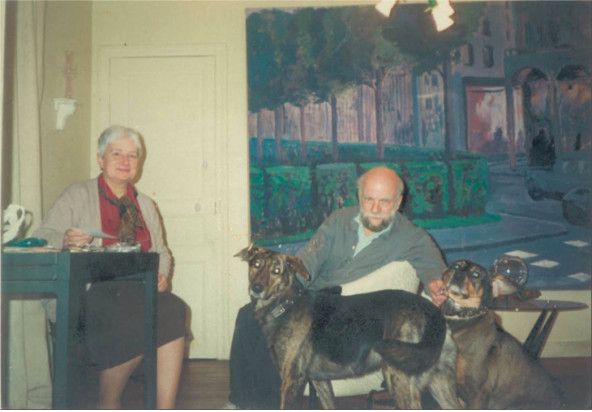
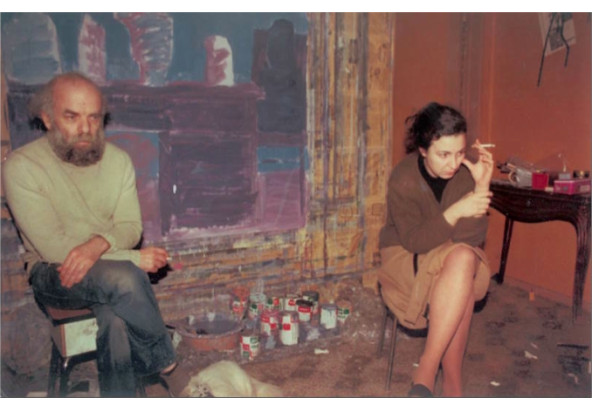
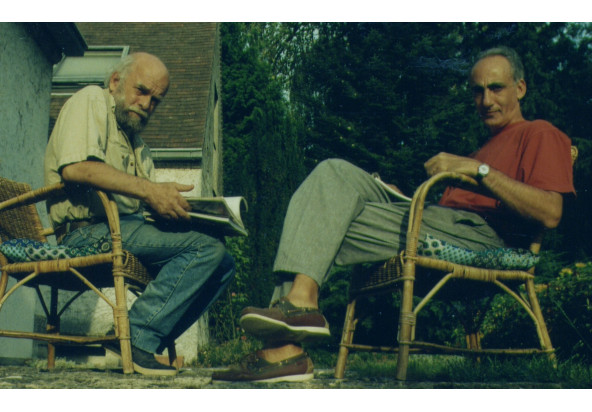
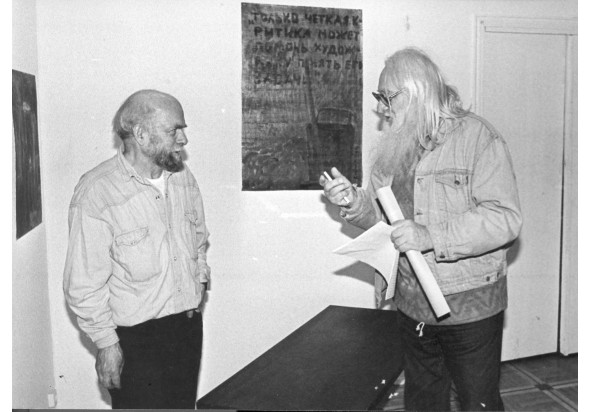

The life story of an artist, naturally, cannot be reduced to a mere enumeration of biographical facts. Such details are not even an outline, but rather only a collection of milestones that allows us not to lose our way among circumstances of space and time. Their connection with creative intent, with changes in personal philosophy, language, and mien is not always obvious, and at times altogether unable to be determined. This is especially true when speaking of an artist who is intuitive, inclined to self-reflection, and inwardly ready to abandon his former strategies in favor of new ideas. And Mikhail Roginsky was just such an artist
The years between his birth and death (1931, Moscow – 2004, Paris) bore witness to a vast range of historical events and saw the rise and fall of no fewer than ten global artistic trends. In his personal life, too, we may observe several pivotal moments– such as his return to Moscow after seven years working as a stage designer in provincial theaters, or his emigration in 1978. At times it may be tempting, on the basis of various facts and factors, to draw up a version of Roginsky’s life that would lend logical explanation to all the transformations in his art. Yet such a version would not only be oversimplified in the extreme; it would also be invariably distorted.
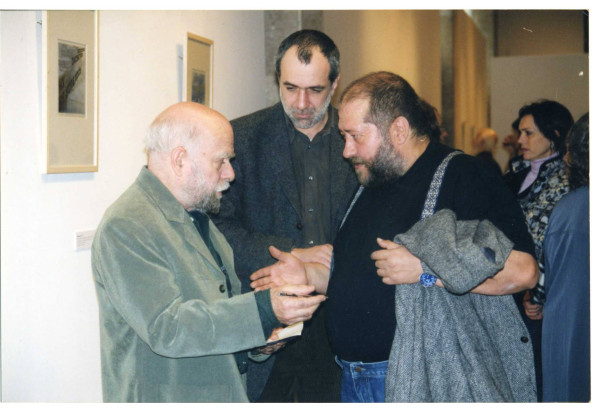
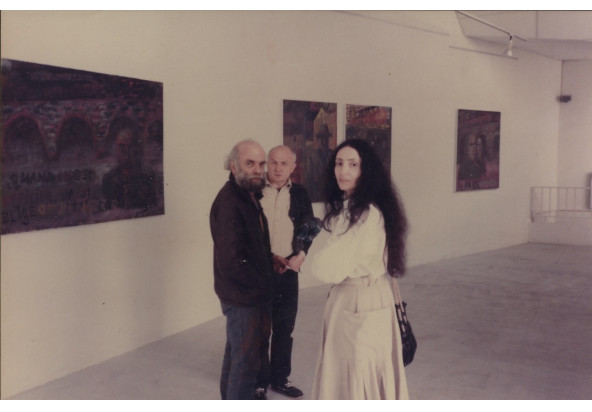
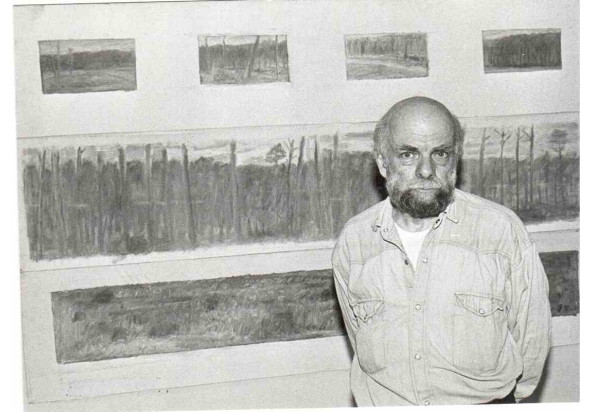
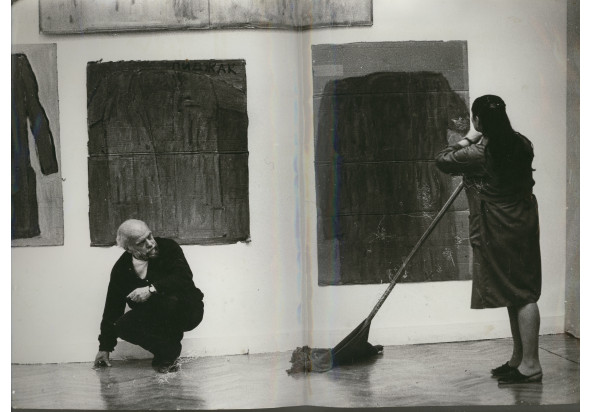
A retrospective familiarity with Roginsky’s legacy leads us to assume that the aesthetic twists and turns so characteristic to him were not dictated by outward circumstances, but rather were the fruit of intense contemplation, intuitive speculation, and practical experiments. In other words, Mikhail Roginsky’s path as an artist was extremely subjective; it’s impossible to divide him into stages due to conjuncture or “historical necessity.” His future biographers will have the task of racking their brains in determining how best to reconcile the peculiarities of his evolution as an artist with historical facts.
For the time being, it would seem most reasonable of all to draw upon former comments from Roginsky himself in which he explained the changes in his creative work in one way or another. For example, it would be wise to take a close look at his words regarding the “substantive experience of the theater” which led him in the early 1960s to “portraiture” of everyday objects – painting not the natural, but the essential (“I forced myself to reconstruct reality from my own impressions of it”). We should pay just as much attention to Mikhail Alexandrovich’s words regarding “Russian pop-art”: the author of “Primus” and “Red Door” insisted that his works of that period were connected to the then-fashionable trend in the West neither genealogically nor conceptually. Just as convincing is the artist’s recognition of the reasons for his inner crisis in the 1970s: incomprehension of those around him compelled him to “make paintings that were beautiful, but which had no relation to me,” which led to prolonged depression. And of course of especial importance is his own evaluation of what happened after his emigration from Moscow to Paris: “I’m living in an alien country, and I have no friends. But it was namely this that allowed me to search for the simplest logic of the pure plastic arts, to break down the taboo that had formed in modern art.”
"I forced myself to reconstruct reality from my own impressions of it" .
His Paris period greatly differed from his Moscow one; it was quite varied and palpably experimental, though as a result of his intense searching Mikhail Roginsky would go on to choose for himself a leitmotif sharing similarities to some extent with his early works. His vast “Moscow series” from the mid-1990s to the early 2000s was devoted to the Soviet past, its peoples, daily life, and architecture. But the “realism” of this painted art is in no way related to the pictorialism peculiar to the erstwhile official artists of the USSR. Roginsky created an existential saga in which the drama of everyday circumstances almost imperceptibly becomes the main impression for the viewer. Undoubtedly, the impulse of this series was imparted to the artist by his encounter with post-Soviet Moscow. However, his path to making the series was by no means straight; if anything, it was paradoxical. As was most of the creative work of Mikhail Roginsky.
